10 Biggest Video Game Microtransaction Rip-Offs
PocketEpiphany
Published
10/21/2020
in
Funny
Some microtransactions can be a good thing. A modestly priced new skin or kickass DLC for your favorite game, who wouldn’t love that?
But some games go too far and basically turn “microtransaction” into a dirty word among gamers. EA we're looking at you.
Who are the worst offenders in this area? Scroll on down to see for yourself.
- List View
- Player View
- Grid View
Advertisement
-
1.
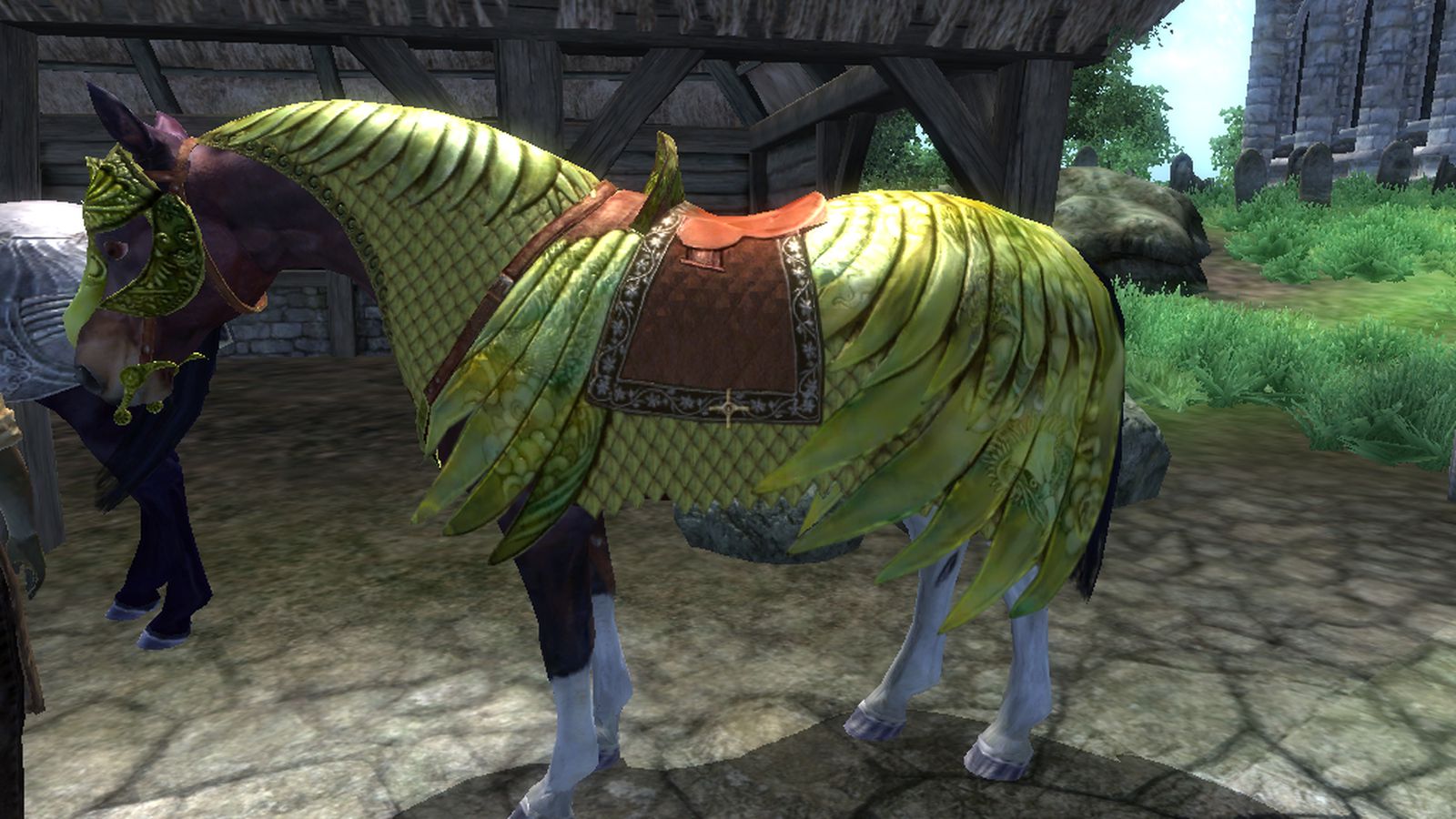 Horse Armor in Oblivion Back in 2006, Bethesda released Horse Armor for Oblivion. It did pretty much what you’d think: for $2.50, you could put special armor on your horse. It may sound tame now, but this is widely credited as opening the door to all of the annoying microtransactions of the next decade and a half. And to this day, “horse armor” is useful slang for any kind of overpriced and unnecessary microtransaction.
Horse Armor in Oblivion Back in 2006, Bethesda released Horse Armor for Oblivion. It did pretty much what you’d think: for $2.50, you could put special armor on your horse. It may sound tame now, but this is widely credited as opening the door to all of the annoying microtransactions of the next decade and a half. And to this day, “horse armor” is useful slang for any kind of overpriced and unnecessary microtransaction. -
2.
 Star Citizen’s Land Deeds At this point, pretty much any Star Citizen purchase could qualify as a dumb microtransaction. But among all the stupid transactions, the land deeds really take the cake. Basically, you are buying virtual real estate, and this will ostensibly help you better protect anything you build. But since Star Citizen is trapped in perpetual development hell, you are basically donating $50-$100 in exchange for fake land you don’t need in a game that will never come out.
Star Citizen’s Land Deeds At this point, pretty much any Star Citizen purchase could qualify as a dumb microtransaction. But among all the stupid transactions, the land deeds really take the cake. Basically, you are buying virtual real estate, and this will ostensibly help you better protect anything you build. But since Star Citizen is trapped in perpetual development hell, you are basically donating $50-$100 in exchange for fake land you don’t need in a game that will never come out. -
3.
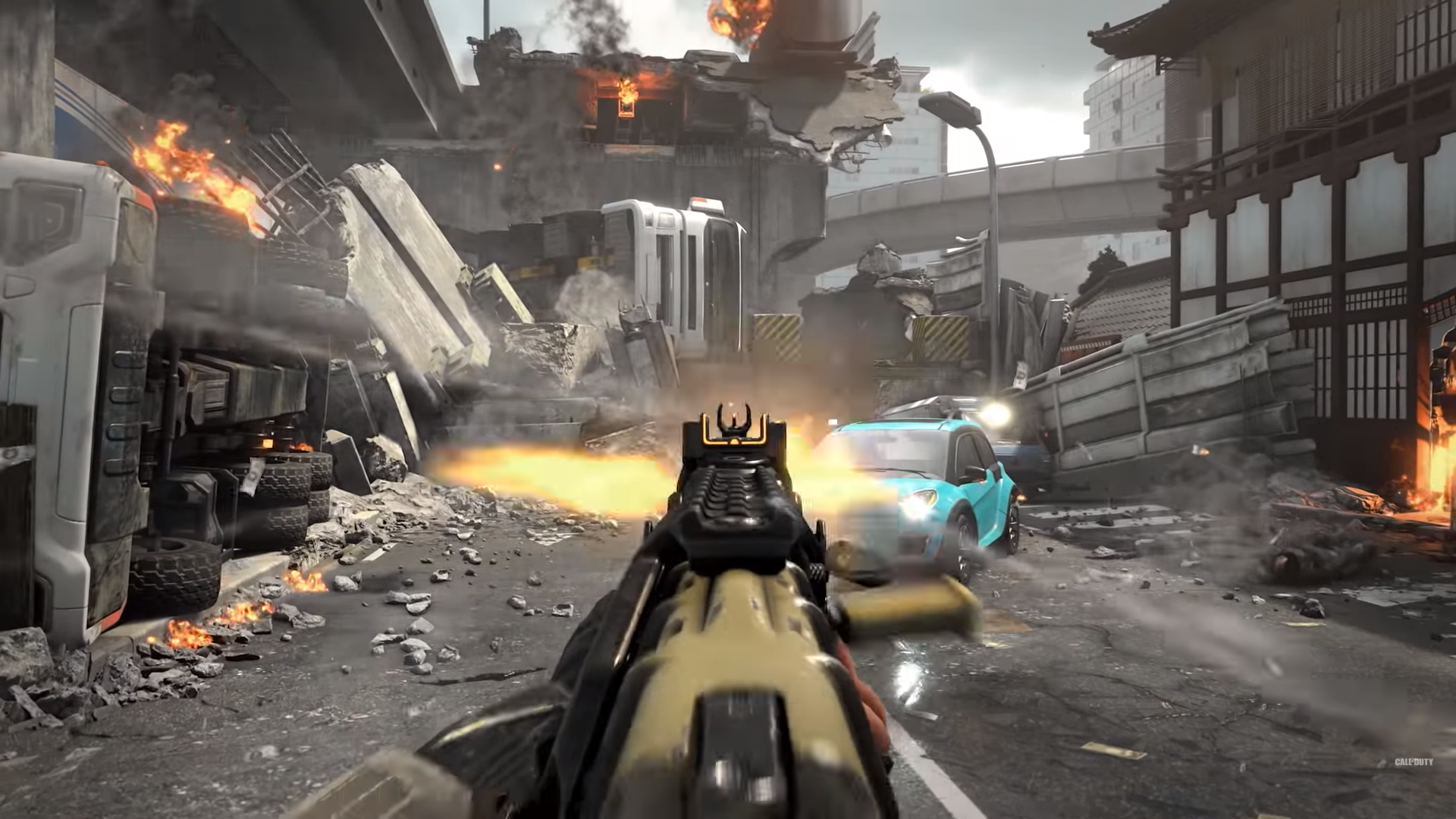 XP Boosts in COD: Black Ops 4 Some microtransactions are only cosmetic, meaning they don’t affect gameplay. Others seriously affect the gameplay balance. And some are just pay to win. In Call of Duty: Black Ops 4 and other games, you can buy loot boxes that boost your experience gain by as much as 25%. The “benefit” of this is that you level up faster, but the reality is that you end up paying more to play less.
XP Boosts in COD: Black Ops 4 Some microtransactions are only cosmetic, meaning they don’t affect gameplay. Others seriously affect the gameplay balance. And some are just pay to win. In Call of Duty: Black Ops 4 and other games, you can buy loot boxes that boost your experience gain by as much as 25%. The “benefit” of this is that you level up faster, but the reality is that you end up paying more to play less. -
4.
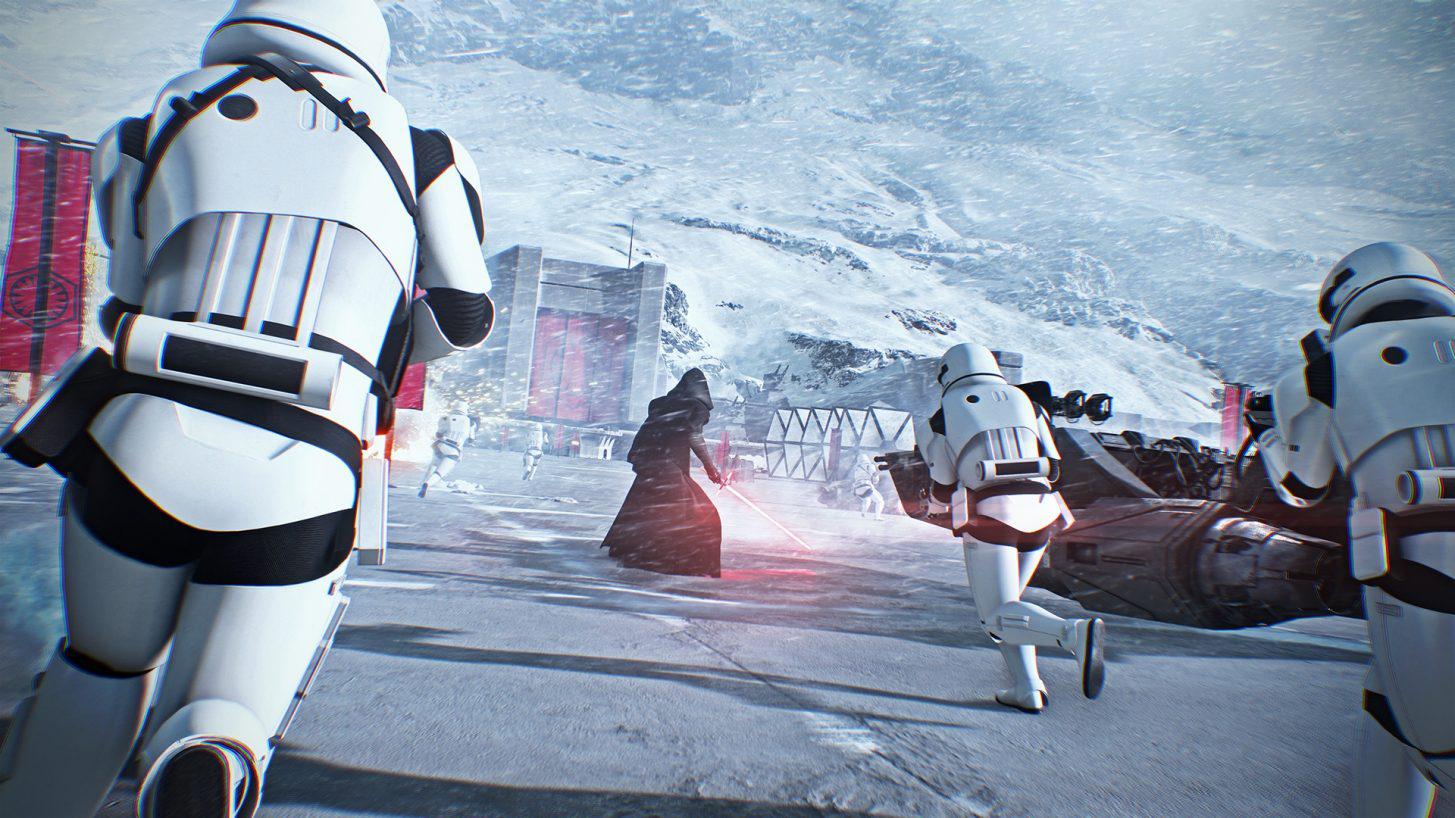 Battlefront 2’s Loot Boxes Certain microtransactions are bad enough to make international news. That was the case with Star Wars Battlefront 2’s notorious loot boxes. These boxes made waves because they initially contained much more than cosmetic enhancements. They contained gameplay features and heroes, and if you didn’t buy enough boxes, it could take 40 hours to unlock a single hero. Facing massive public backlash, EA overhauled the entire system to soothe angry players.
Battlefront 2’s Loot Boxes Certain microtransactions are bad enough to make international news. That was the case with Star Wars Battlefront 2’s notorious loot boxes. These boxes made waves because they initially contained much more than cosmetic enhancements. They contained gameplay features and heroes, and if you didn’t buy enough boxes, it could take 40 hours to unlock a single hero. Facing massive public backlash, EA overhauled the entire system to soothe angry players. -
5.
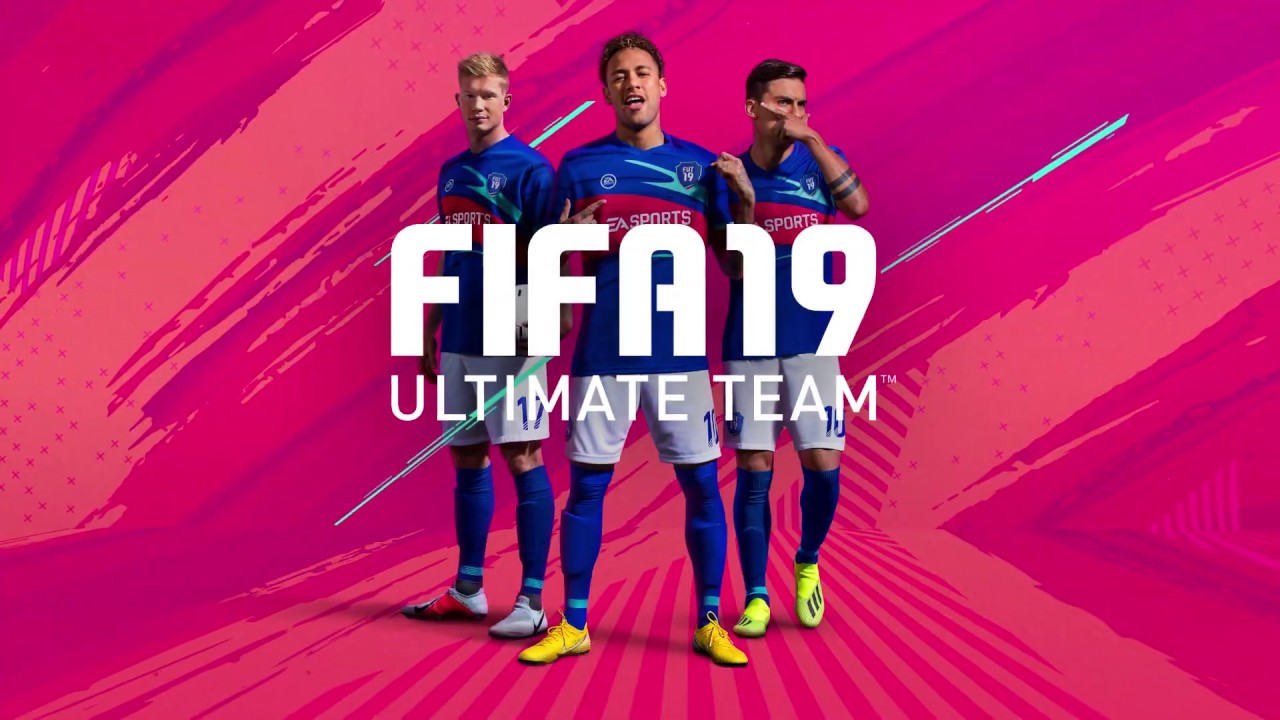 FIFA: Ultimate Team’s Cards What’s the one thing that could make an expensive microtransaction even worse? Making it temporary, of course! FIFA: Ultimate Team essentially required players to shell out real money if they hoped to get the star players that would lead them to victory without dying of old age first. This is scuzzy enough on its own, but the player contracts expired, meaning you’d need to shell out money once again to buy the same players.
FIFA: Ultimate Team’s Cards What’s the one thing that could make an expensive microtransaction even worse? Making it temporary, of course! FIFA: Ultimate Team essentially required players to shell out real money if they hoped to get the star players that would lead them to victory without dying of old age first. This is scuzzy enough on its own, but the player contracts expired, meaning you’d need to shell out money once again to buy the same players. -
6.
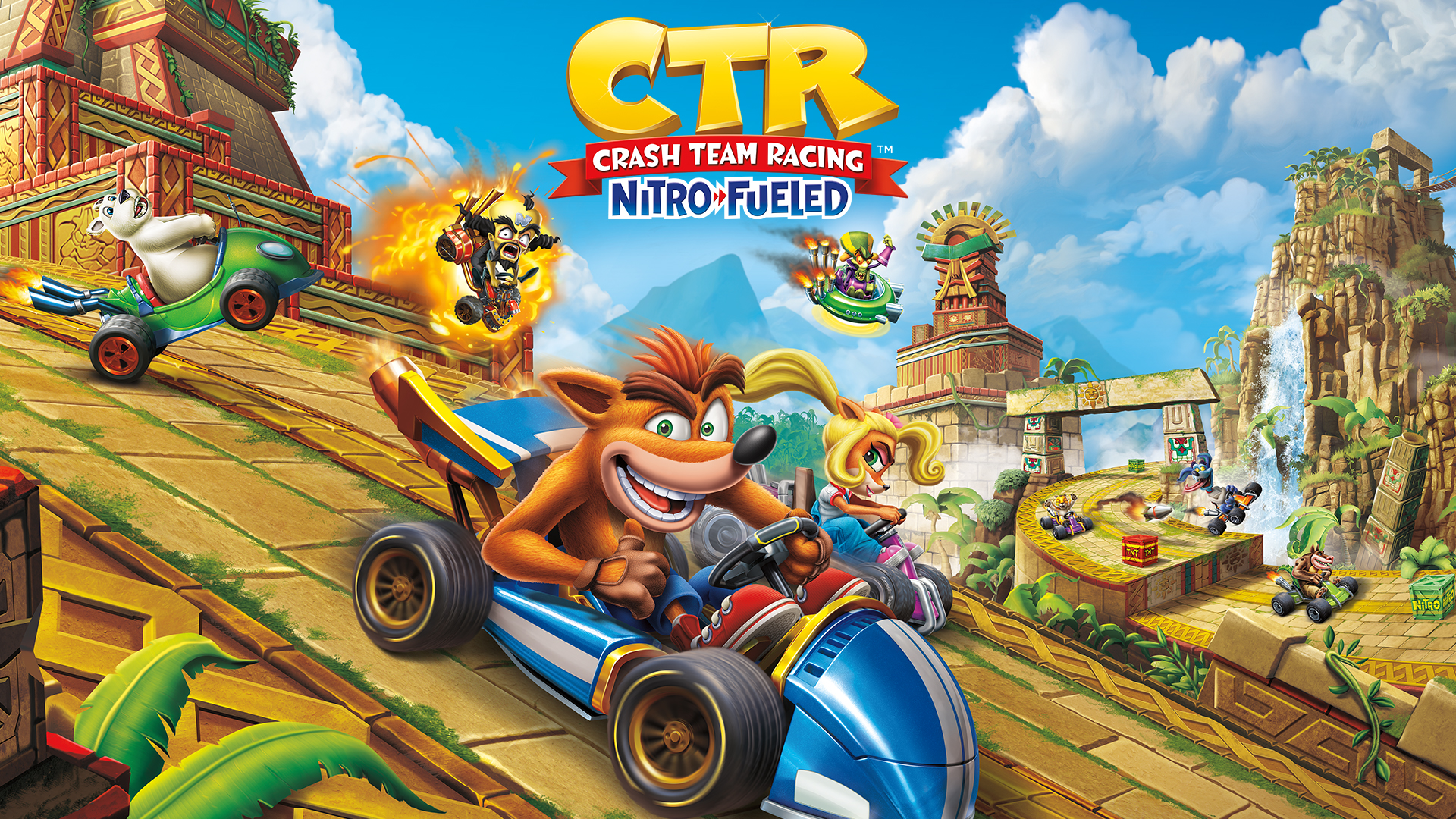 Crash Team Racing Nitro-Fueled In some ways, Crash Team Racing Nitro-Fueled has the most insidious microtransaction story. The game did not have any microtransactions when it launched, but they were added after players complained about the time it took to unlock various extra features. It was the worst of both worlds. Players hated the new system even more, and some speculated that keeping microtransactions out of the initial game was just a way to get good ratings from the critics.
Crash Team Racing Nitro-Fueled In some ways, Crash Team Racing Nitro-Fueled has the most insidious microtransaction story. The game did not have any microtransactions when it launched, but they were added after players complained about the time it took to unlock various extra features. It was the worst of both worlds. Players hated the new system even more, and some speculated that keeping microtransactions out of the initial game was just a way to get good ratings from the critics. -
7.
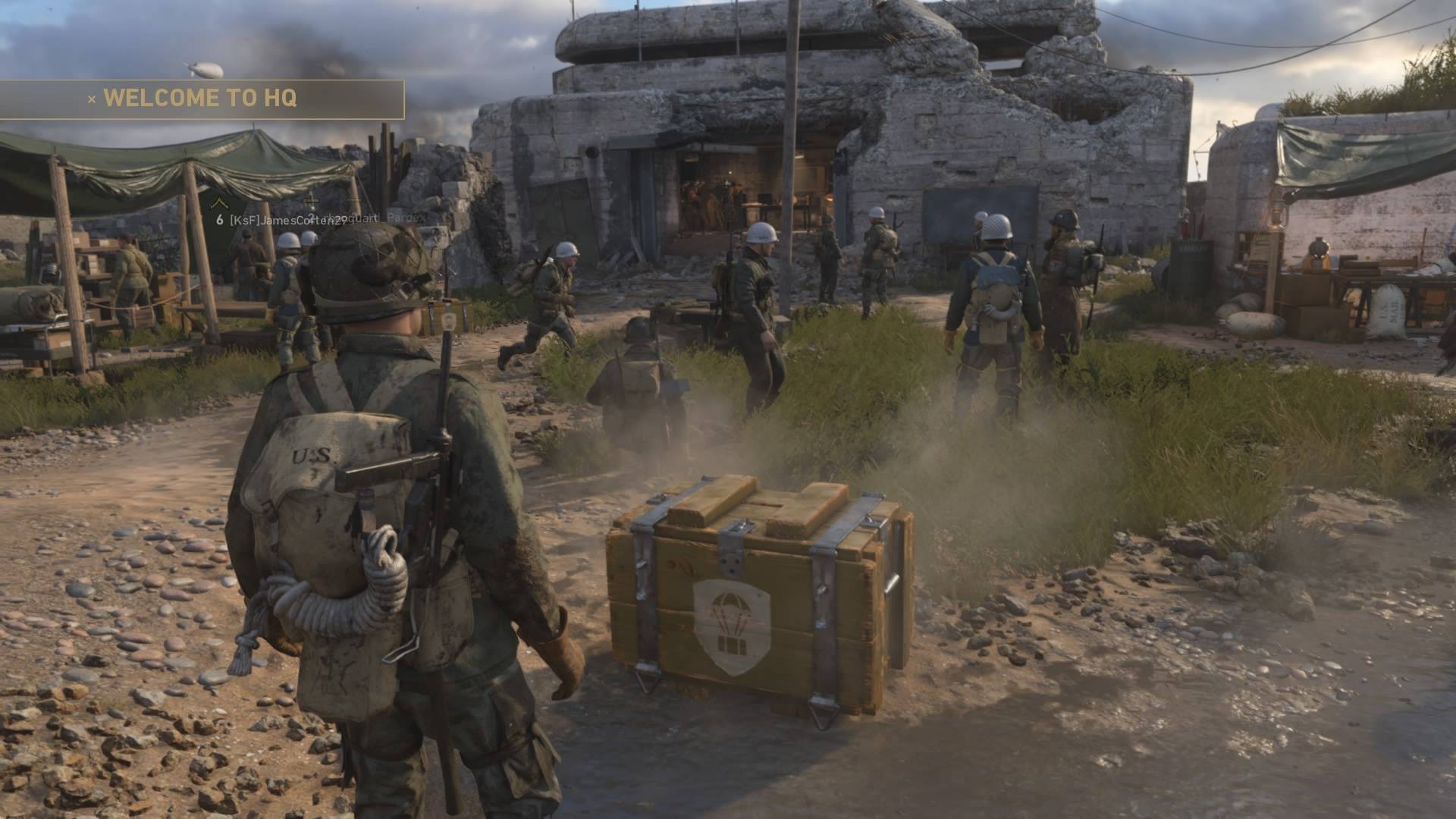 Call of Duty: WW2’s Loot Boxes Ever hear the phrase “It’s not what you said, it’s how you said it?” Call of Duty: World War 2 features the loot box equivalent. The actual loot boxes in the game aren’t that bad. But many players found it insanely disrespectful that you could land those loot boxes in important places like Normandy. But hey, who cares about desecrating the memory of thousands of soldiers if it means getting a few extra bucks from frustrated players?
Call of Duty: WW2’s Loot Boxes Ever hear the phrase “It’s not what you said, it’s how you said it?” Call of Duty: World War 2 features the loot box equivalent. The actual loot boxes in the game aren’t that bad. But many players found it insanely disrespectful that you could land those loot boxes in important places like Normandy. But hey, who cares about desecrating the memory of thousands of soldiers if it means getting a few extra bucks from frustrated players? -
8.
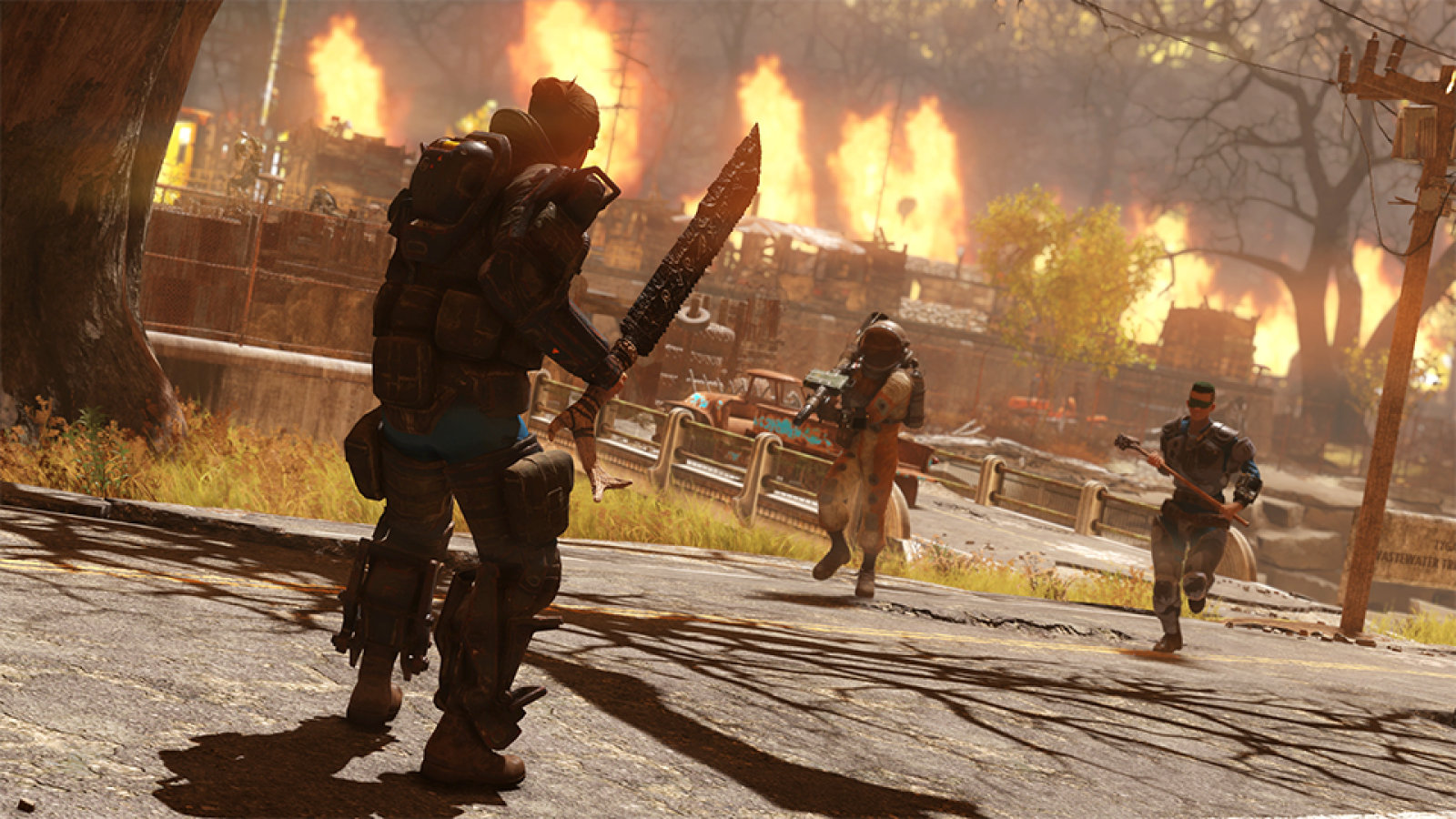 Repair Kits in Fallout 76 Fallout 76 had as many bugs and other problems as you’d expect from a Bethesda title that players couldn’t easily mod. But the biggest issue concerned microtransactions like the repair kits. These kits help you repair armor and other gear, and they normally require intense grinding to acquire. However, Bethesda started selling the kits in the Atomic Shop. Just like that, players with enough money could buy an advantage over their opponents.
Repair Kits in Fallout 76 Fallout 76 had as many bugs and other problems as you’d expect from a Bethesda title that players couldn’t easily mod. But the biggest issue concerned microtransactions like the repair kits. These kits help you repair armor and other gear, and they normally require intense grinding to acquire. However, Bethesda started selling the kits in the Atomic Shop. Just like that, players with enough money could buy an advantage over their opponents. -
9.
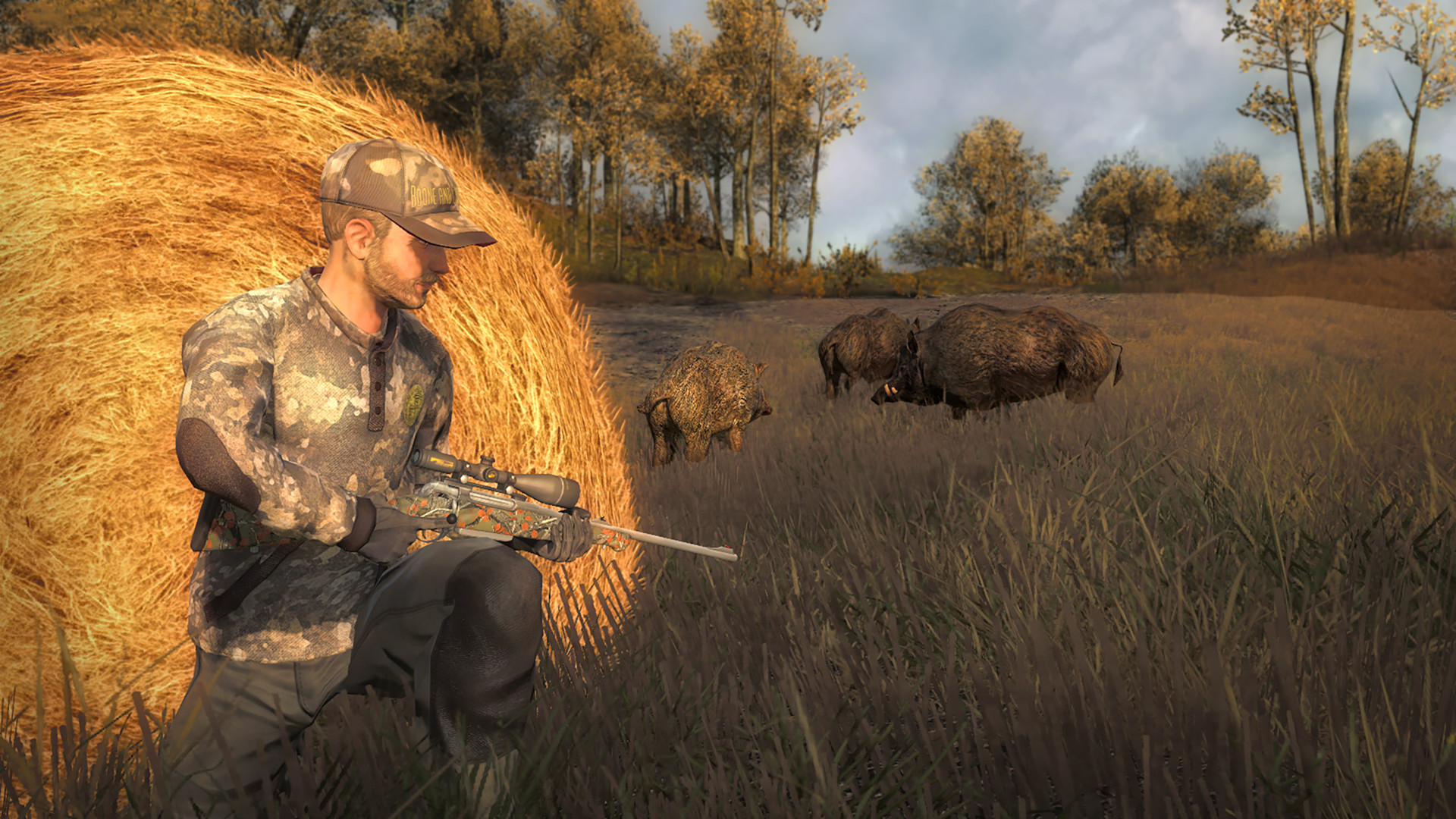 Licenses in The Hunter What if you combined the worst kind of microtransaction and the worst kind of game design? You’d end up with something like The Hunter. This is a game that simulates the hunting experience a little too accurately and basically “nickel and dimes” you at every point. You must pay for special guns, special ammo, etc. The worst are virtual hunting licenses that actually expire, meaning you must keep throwing money at the game just to play.
Licenses in The Hunter What if you combined the worst kind of microtransaction and the worst kind of game design? You’d end up with something like The Hunter. This is a game that simulates the hunting experience a little too accurately and basically “nickel and dimes” you at every point. You must pay for special guns, special ammo, etc. The worst are virtual hunting licenses that actually expire, meaning you must keep throwing money at the game just to play. -
10.
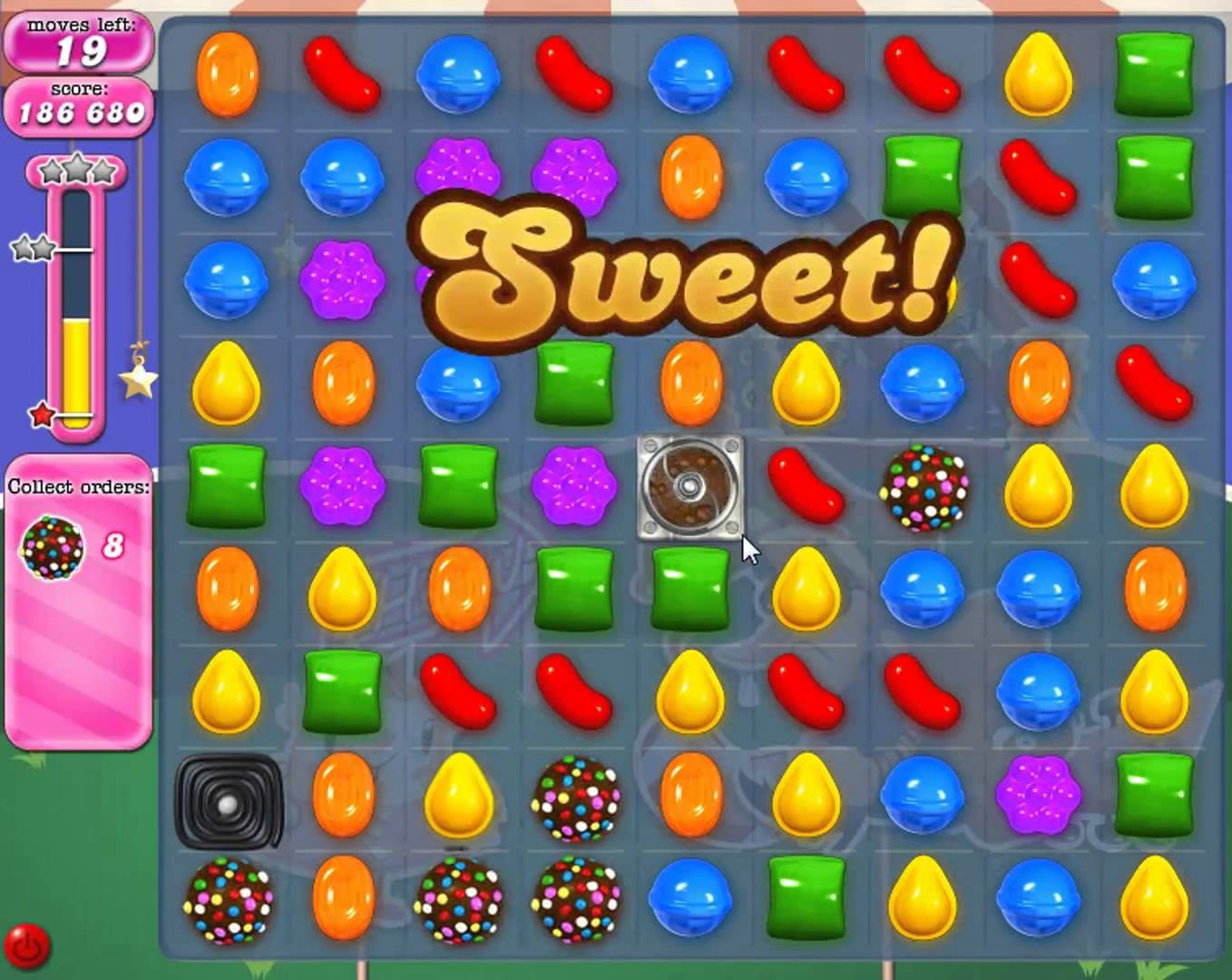 Lives in Candy Crush Candy Crush helped pioneer a popular free to play mechanic. After players run out of lives, they can wait a certain amount of time to play again. Or they can pay real money and get extra lives right away. This quickly turns the free to play game into a pay to play one. As it turns out, microtransactions and players with no impulse control make for a bad combo.
Lives in Candy Crush Candy Crush helped pioneer a popular free to play mechanic. After players run out of lives, they can wait a certain amount of time to play again. Or they can pay real money and get extra lives right away. This quickly turns the free to play game into a pay to play one. As it turns out, microtransactions and players with no impulse control make for a bad combo.
- REPLAY GALLERY
-
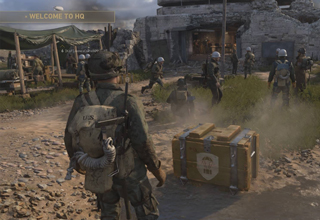
- 10 Biggest Video Game Microtransaction Rip-Offs
- NEXT GALLERY
-

- 30 Funny Pics and Memes to Amuse and Delight
Horse Armor in Oblivion Back in 2006, Bethesda released Horse Armor for Oblivion. It did pretty much what you’d think: for $2.50, you could put special armor on your horse. It may sound tame now, but this is widely credited as opening the door to all of the annoying microtransactions of the next decade and a half. And to this day, “horse armor” is useful slang for any kind of overpriced and unnecessary microtransaction.
10/10
1/10








7 Comments